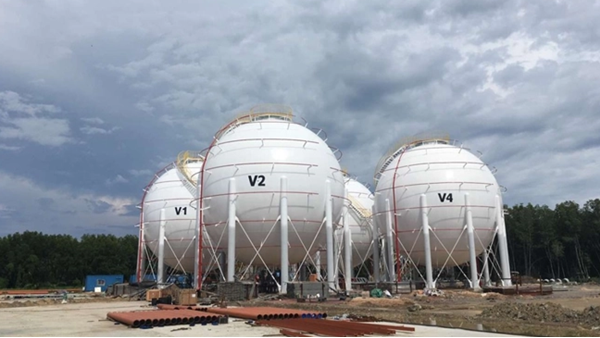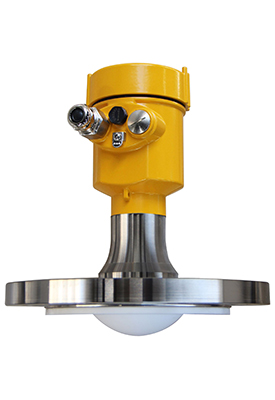As an important organic compound widely used in explosives, dyes and pharmaceutical manufacturing, p-nitrotoluene requires special care in its storage and management.
This article will explore the application and effect of radar level meter in p-nitrotoluene vertical tank measurement through two actual cases.

The first case comes from a large chemical plant that uses radar level meters to monitor p-nitrotoluene in vertical tanks in real time. Due to the high volatility and corrosiveness of p-nitrotoluene, traditional level measurement methods are difficult to adapt to this harsh environment.
Radar level meters are the best choice with their non-contact measurement and high anti-interference ability. In this case, by installing radar level meters on the top of the vertical tanks, the plant successfully achieved precise control of the liquid level, thus avoiding the risk of overfilling or shortage.
Through continuous monitoring, operators are able to adjust the production process in a timely manner, ensuring the effective use of raw materials and the smooth progress of the reaction.

The second case involves a medium-sized chemical company that faced the challenge of managing the inventory of nitrotoluene. Due to fluctuations in market demand, the company needs to flexibly adjust production, which requires a very accurate understanding of the storage volume of raw materials.
By introducing advanced radar level meters, the company not only improved the accuracy of liquid level measurement, but also connected to the automatic control system through the data interface of the level meter, realizing the automation of inventory management.
This improvement enables the company to adjust production plans based on real-time data, significantly improving operational efficiency and market responsiveness.

In both cases, radar level meters have demonstrated their excellent performance. First, their non-contact measurement method reduces maintenance requirements and reduces long-term operating costs.
Second, because they are not affected by changes in medium properties, they can provide stable measurement results in highly volatile chemical environments such as p-nitrotoluene.
In addition, radar level meters can also provide high-precision real-time data, providing reliable data support for the automation and information management of enterprises.
Through the analysis of these two cases, we can see the effectiveness of radar level meters in the measurement of p-nitrotoluene tanks.
It not only improves the accuracy and reliability of measurement, but also improves production efficiency and safety by reducing human intervention.
With the increasing demand for precise measurement and automated management in the chemical industry, the application of radar level meters will become more extensive, making greater contributions to the sustainable development of the industry.

Radar level meters have demonstrated their unique advantages in the measurement of vertical p-nitrotoluene tanks. By providing high-precision and high-stability measurement results, they have helped companies optimize production processes and inventory management, thereby ensuring production safety while also improving economic benefits.
